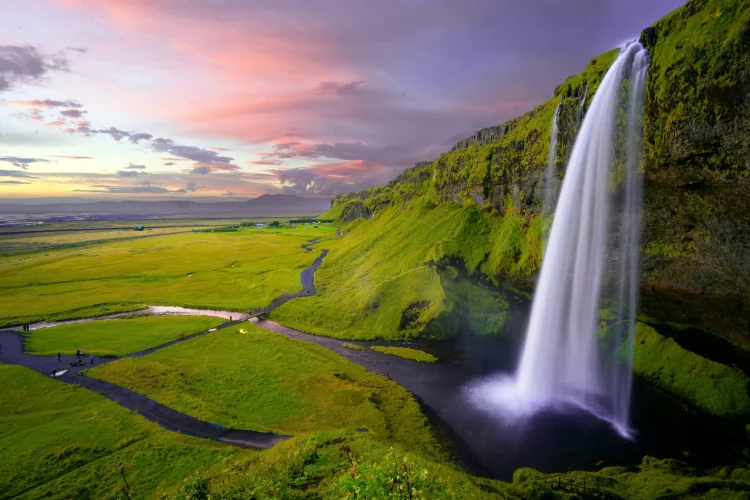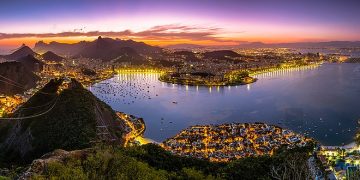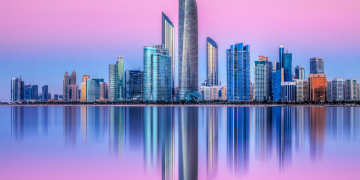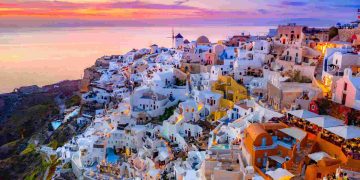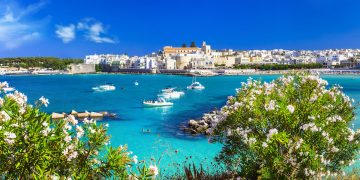Iceland has become a bucket-list destination for travelers seeking dramatic landscapes, unspoiled wilderness, and an escape into the raw beauty of nature. While the famous Golden Circle loop is often the first stop for many visitors, the true allure of Iceland lies in its lesser-known natural wonders. From shimmering glaciers and volcanic deserts to remote fjords and steaming hot springs, Iceland offers a wealth of untamed beauty beyond the typical tourist spots. In this article, we explore some of Iceland’s hidden gems, providing insights on how to experience these breathtaking locations and tips on eco-conscious travel.
1. Introduction to Iceland’s Growing Popularity in 2024-2025
Over the past decade, Iceland has experienced a meteoric rise in tourism, largely driven by its otherworldly landscapes and the rise of social media influencers showcasing its unique charm. In 2024-2025, the trend shows no sign of slowing down, with more travelers than ever flocking to the island for adventure, photography, and a chance to reconnect with nature. The country’s mix of rugged terrain, geothermal activity, and fascinating geology has made it a hotspot for adventure enthusiasts, photographers, and those seeking off-the-beaten-path destinations.
While the Golden Circle — which includes the Þingvellir National Park, Geysir geothermal area, and Gullfoss waterfall — remains a must-see for many visitors, there is so much more to Iceland’s charm. The crowds of tourists at the Golden Circle, while impressive, often detract from the serene, untouched beauty that can be found in the island’s lesser-known areas.
In this article, we will take you beyond the Golden Circle to uncover some of Iceland’s hidden natural wonders, focusing on places where you can truly immerse yourself in the magic of the land, away from the crowds.
2. Highlighting Scenic Spots Like Diamond Beach, Landmannalaugar, and Remote Fjords
Diamond Beach: A Glittering Marvel of Ice and Sea
One of Iceland’s most captivating locations lies on the southeastern coast near Jökulsárlón Glacier Lagoon. Diamond Beach, so named for the scattered chunks of glistening ice that dot the black sand, is an otherworldly sight that has captured the imaginations of travelers worldwide. The icebergs, which have broken off from the nearby Vatnajökull glacier, create a surreal landscape, sparkling in the sun like diamonds against the dark volcanic sand.
The contrast between the ice, the ocean, and the sky makes for stunning photos, particularly at sunrise or sunset, when the changing light makes the ice crystals glow even more brightly. Though it has gained some popularity in recent years, the remote location of Diamond Beach means that it’s still relatively easy to experience this incredible phenomenon without feeling crowded.
Landmannalaugar: The Land of Fire and Ice
For those looking to explore Iceland’s geological wonders in a more intimate setting, Landmannalaugar is a hidden gem that showcases the country’s volcanic beauty. Located in the Icelandic Highlands, this area is famous for its colorful rhyolite mountains, geothermal hot springs, and striking lava fields. The name Landmannalaugar translates to “the people’s pools,” a reference to the natural hot springs where travelers have bathed for centuries.
The area is a popular starting point for the Laugavegur hiking trail, one of Iceland’s most iconic multi-day treks. The trail takes you through diverse landscapes, including volcanic deserts, moss-covered lava fields, and lush valleys. The vibrant colors of the mountains, which range from yellow and red to green and purple, create an almost surreal backdrop, making it a photographer’s paradise.
While Landmannalaugar is accessible in the summer months, it remains relatively remote, and the harsh conditions in winter keep crowds at bay. This makes it an ideal destination for those seeking solitude and a deeper connection with Iceland’s wild landscapes.
The Remote Fjords of the Westfjords
One of the least visited regions in Iceland is the Westfjords, an area characterized by steep cliffs, dramatic fjords, and picturesque fishing villages. This part of Iceland is often overlooked by tourists, making it an excellent destination for those seeking off-the-beaten-path adventures. The Westfjords are a haven for wildlife enthusiasts, offering opportunities to spot puffins, seals, and even whales.
The region’s isolation means that visitors can explore places like the towering cliffs of Hornstrandir Nature Reserve, a remote wilderness area with no roads, and the stunning Dynjandi waterfall, which cascades in a series of beautiful steps. The fjords themselves are dotted with tiny villages where time seems to have slowed down, offering a glimpse into a quieter, more traditional way of life.
Because the Westfjords are not as heavily visited as other parts of Iceland, it’s possible to experience the vastness of the landscape without the interference of large crowds. It’s a perfect destination for travelers looking for adventure, peace, and isolation in equal measure.
3. Guides for Hiking, Sightseeing, and Exploring These Majestic Landscapes
Hiking in Landmannalaugar
Landmannalaugar is a hiker’s dream, offering a variety of trails suited to all levels of experience. The Laugavegur trail is the most famous, but there are many shorter hikes that allow you to explore different facets of the area.
For those looking for a relatively easy hike, the trail to the summit of Bláhnjúkur, the blue mountain, is a great choice. This 4-5 hour hike offers panoramic views of the surrounding area, including the colorful rhyolite mountains and the vast lava fields below. For a more challenging hike, consider tackling the Laugavegur trail itself, which spans 55 kilometers and takes about 4 days to complete. The trail passes through diverse landscapes, from volcanic deserts to lush valleys, and provides a true sense of Iceland’s wild beauty.
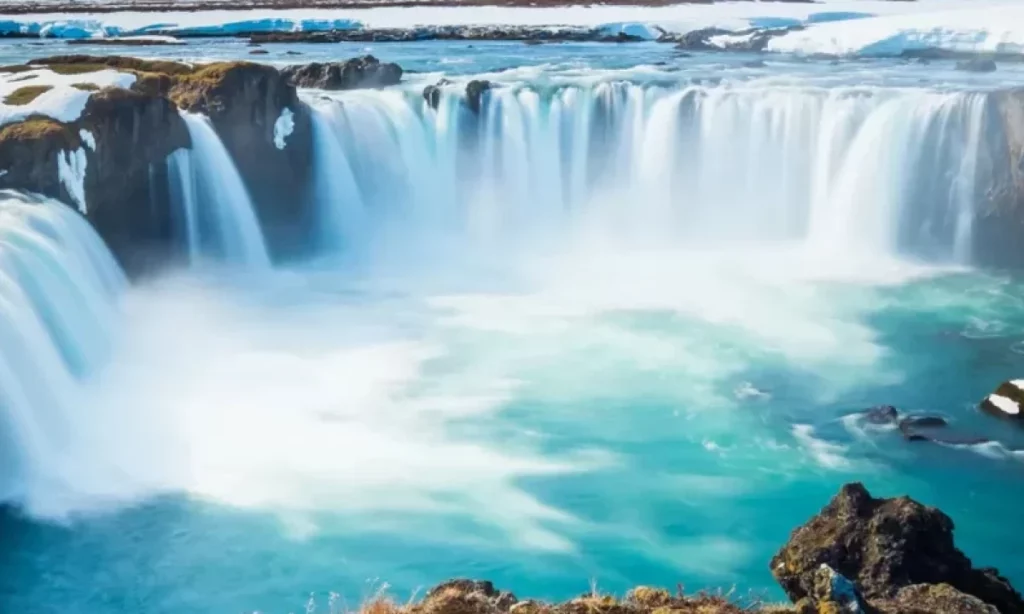
Sightseeing in the Westfjords
The Westfjords are best explored by car, although driving in this remote region requires a bit of preparation. The roads are often narrow and winding, and weather conditions can change quickly, so it’s important to be well-prepared for all eventualities. That said, the scenic drives through the fjords are a highlight in themselves.
Stop at the small fishing village of Ísafjörður to explore its charming streets and learn about the region’s maritime history. The nearby Hornstrandir Nature Reserve is a must for those seeking remote hiking opportunities. The area is home to a wide variety of wildlife, including Arctic foxes, and offers a unique chance to explore a pristine wilderness area without the intrusion of human development.
Exploring Diamond Beach and Jökulsárlón
To make the most of your visit to Diamond Beach, consider taking a boat tour of Jökulsárlón Glacier Lagoon, where you can float among icebergs as they make their way to the ocean. The lagoon is a calm and peaceful spot, ideal for reflection and photography. If you’re lucky, you might even spot seals swimming in the lagoon, adding to the magical atmosphere.
It’s also possible to visit the nearby Vatnajökull National Park, where hiking trails lead through glaciers, ice caves, and volcanic landscapes. Be sure to bring appropriate gear, as the weather can change rapidly and conditions in the highlands can be harsh, especially in winter.
4. Best Times to Visit These Places and How to Avoid Crowds
The best time to visit Iceland largely depends on the kind of experience you’re seeking.
- Summer (June to August) offers long days, with almost 24 hours of daylight in some parts of the country. This is the best time for hiking, especially in the Highlands, and for exploring the fjords. However, it’s also the peak tourist season, so be prepared for crowds at popular spots.
- Late Spring and Early Autumn (May and September) are ideal for avoiding the busiest crowds while still enjoying relatively mild weather. These months offer the advantage of fewer tourists and the opportunity to see the northern lights as well.
- Winter (November to February) is the most challenging season, but it offers the chance to experience Iceland in a completely different light. The roads to the Highlands and remote areas like the Westfjords may be closed, but you can still visit places like Diamond Beach and Jökulsárlón, and you might even have the chance to witness the northern lights in full splendor.
To avoid crowds, try visiting popular sites like Diamond Beach or Jökulsárlón at sunrise or sunset. The early hours typically offer a more peaceful experience, with fewer tourists.
5. Tips for Eco-Conscious Travelers to Preserve These Natural Wonders
Iceland’s stunning natural beauty is fragile, and it’s essential to travel responsibly to ensure that these landscapes remain pristine for future generations. Here are a few tips for eco-conscious travelers:
- Leave No Trace: Iceland’s delicate environment requires visitors to tread lightly. Always clean up after yourself, avoid disturbing wildlife, and be mindful of fragile ecosystems, especially when hiking or exploring remote areas.
- Respect Nature: Stick to marked trails and designated campsites to prevent damage to the landscape. Off-trail hiking can cause lasting harm to Iceland’s delicate flora, which can take years to recover.
- Support Sustainable Tourism: Choose eco-friendly accommodations, tour operators, and businesses that prioritize sustainability. Many companies in Iceland offer tours that minimize environmental impact, such as carbon-neutral glacier walks or eco-lodges made from sustainable materials.
- Use Responsible Transportation: If possible, use public transport or eco-friendly vehicles when traveling around Iceland. Consider renting an electric car, as there are many charging stations scattered across the country.
Conclusion
While Iceland’s Golden Circle may attract the majority of tourists, its hidden gems — from the icy beauty of Diamond Beach to the colorful landscapes of Landmannalaugar and the solitude of the Westfjords — are where
the true magic lies. By venturing off the beaten path, you’ll discover the quieter, less explored corners of this remarkable country and experience its natural wonders in their full glory.
Whether you’re hiking through volcanic deserts, photographing glaciers, or enjoying the tranquility of remote fjords, Iceland offers an unparalleled adventure for those seeking to connect with nature in its purest form. So pack your bags, embrace the Icelandic wilderness, and explore beyond the Golden Circle to uncover a land of unrivaled beauty.


